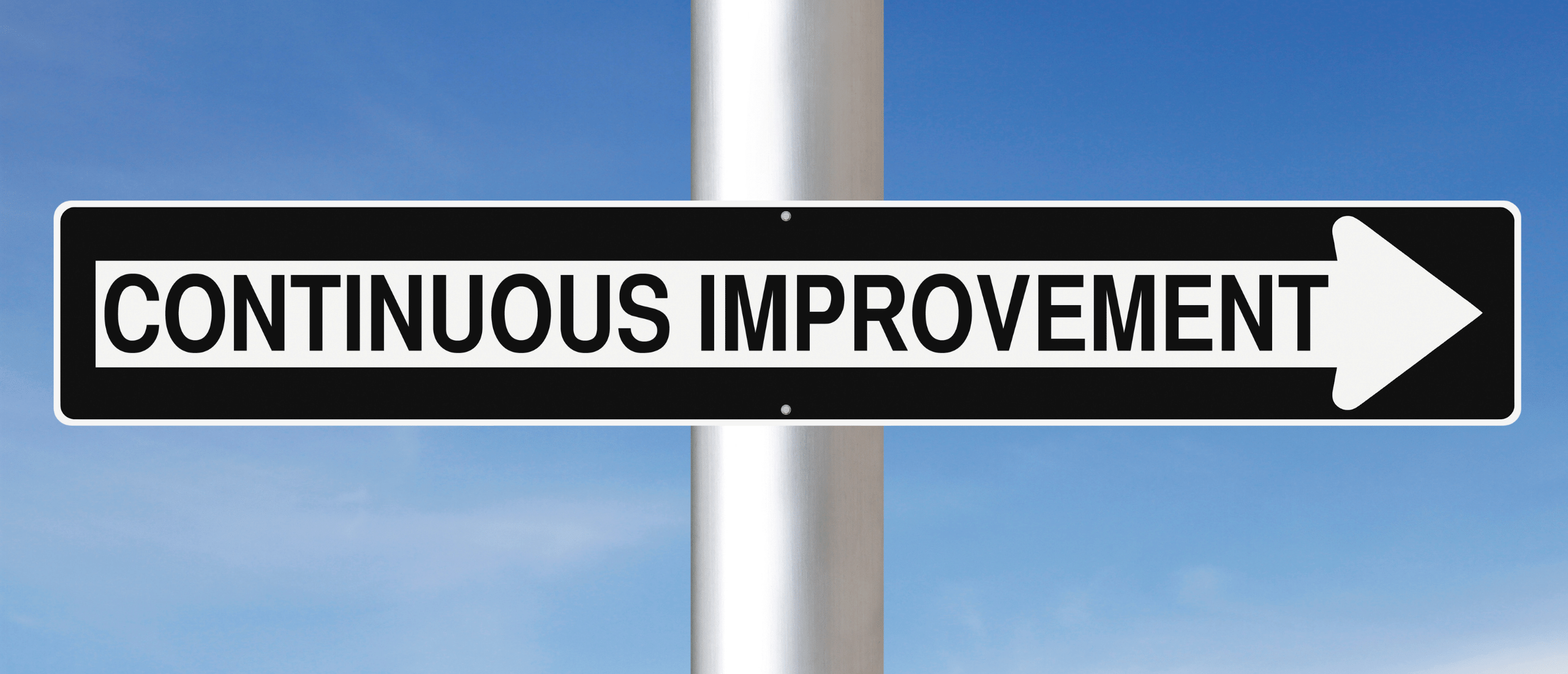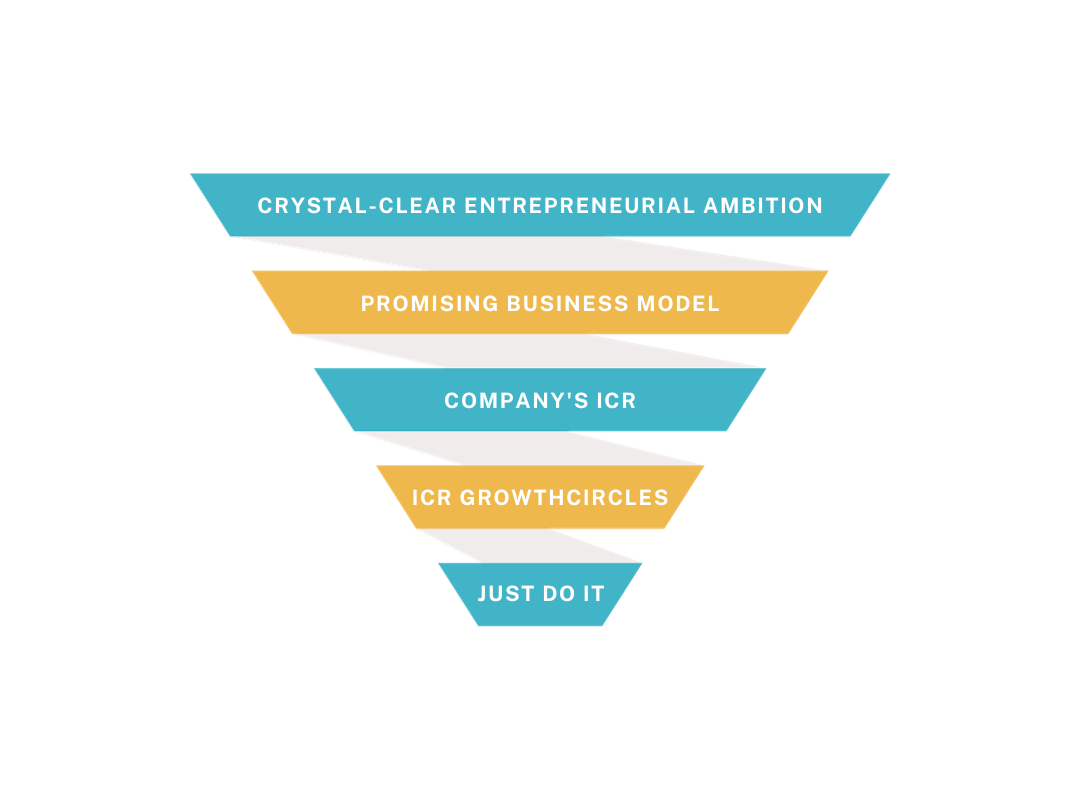
For most small and medium-sized enterprises (SMEs), governance is something far away. In other words, measures of good governance are not yet part of daily practice. Particularly explosive growth and/or external demands, for example from an external financier, have changed this to date. Especially to make the likelihood and impact of risks manageable. Oddly enough, because fundamentally every entrepreneur wants to be successful and certainly not fail. Thus, corporate governance aimed at SMEs is actually relevant for every entrepreneur: it is about having control over realizing entrepreneurial ambition. And there's quite a lot involved. Therefore, we will be paying ample attention to this unexplored area in the world of the entrepreneur in the coming period.
Today, Route ICR shares the seventh article from the series 'How to practically implement SME governance'.
Targeted Improvement Actions in SMEs: No Unnecessary Luxury
Amsterdam, October 6, 2021 – Entrepreneurship is simple. But the hardest thing there is, is to keep entrepreneurship simple. But why is that? Let's talk about that in the coming period. And also look at how this problem can be solved. Today, Route ICR shares the seventh article from the series 'How to practically implement SME governance'.
You've introduced the dynamic business plan in your company. And you keep working on it to ensure that you get the maximum out of yourself, your team, and your organization. To achieve your set goals in the most effective and efficient way possible. In this context, standing still means regressing. The world is changing, so you must change with it. And this doesn’t just apply to large corporations. In SMEs too, targeted improvement actions are no unnecessary luxury. At least, if you find it important to realize your entrepreneurial ambition.
Structured Approach to Improvements
Through the ICR score of their company, entrepreneurs guide improvement actions. As a company, you aim for ICR 1, mainly because it allows you to maximize your organization's potential. You are fully engaged in goal-oriented entrepreneurship, and your company has highly effective and efficient processes. Financially, this leads to higher returns, as you pair lower costs with higher revenue.
Setting Priorities Based on the Right Insights
In practice, many companies have a lot of potential for improvement. And of course, it’s not feasible to tackle everything at once. That's why you use the Route ICR web application. It gives you insight into the grades of all 33 ICR objectives on just one A4 sheet. This is incredibly helpful when you need to determine the order and speed at which you carry out improvement actions. In other words, setting priorities based on the right insights.
Small Steps Keep It Manageable
Implement improvement actions in small steps. Suppose you currently have a grade four for guiding your company. Then aim to improve from four to five, not directly to nine. This is more manageable and, as the results are tangible, you constantly see progress. This motivates your team and helps maintain the right focus. It also encourages continuing with improvements. Once you reach that point, a continuous culture of improvement prevails in your company. And the positive results prove that targeted improvement actions are no unnecessary luxury. For the entrepreneur, this is the most valuable outcome of implementing SME governance in practice!











